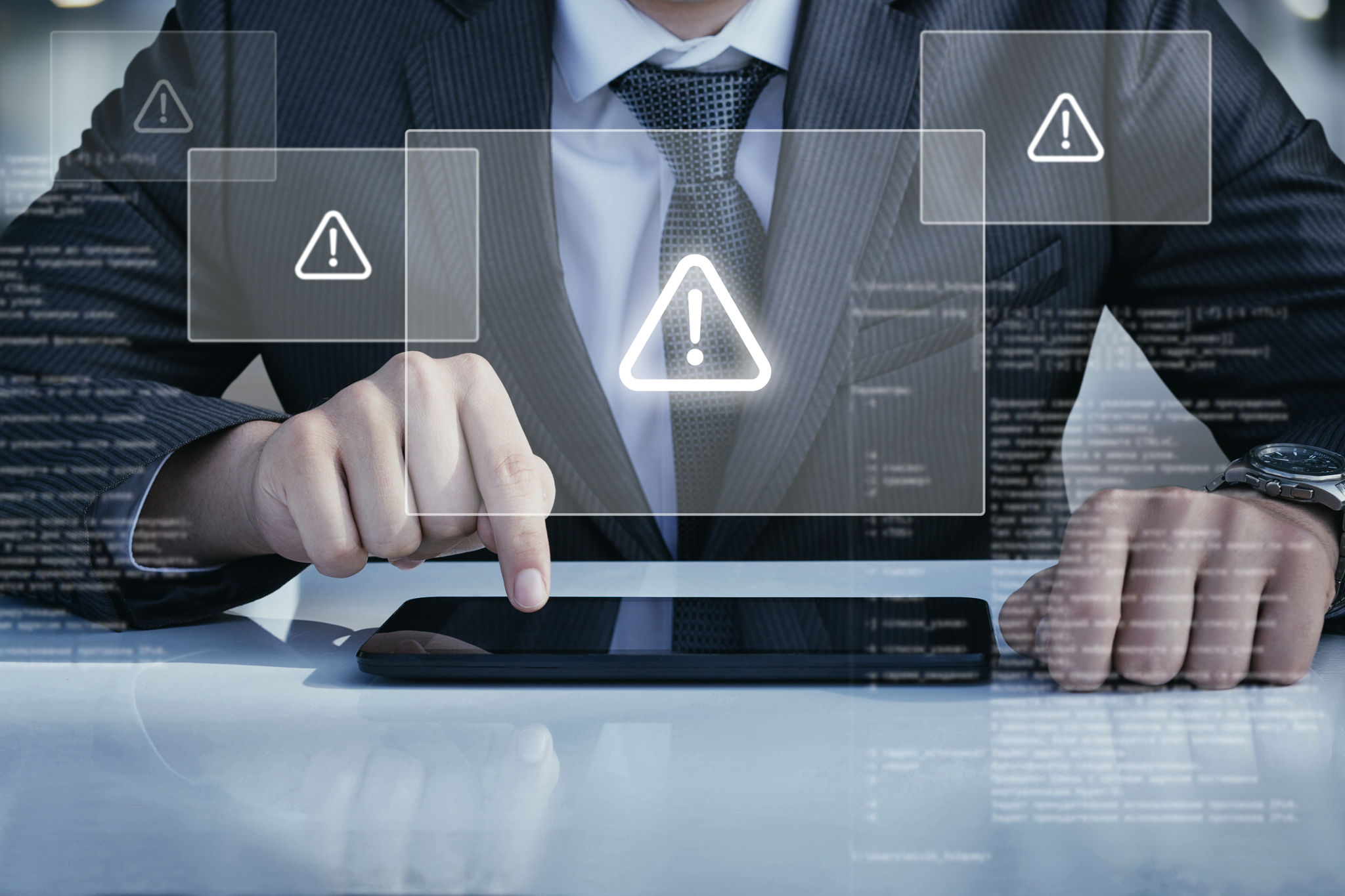Top Cybersecurity Practices for Healthcare Organizations
JC
Understanding the Importance of Cybersecurity in Healthcare
In today's digital age, healthcare organizations face increasing threats from cybercriminals. The sensitive nature of patient data makes these organizations prime targets. Implementing top cybersecurity practices is essential to protect this data and ensure patient trust.

Conduct Regular Risk Assessments
Regular risk assessments are crucial for identifying potential vulnerabilities within a healthcare organization's IT infrastructure. By evaluating these weaknesses, organizations can prioritize which areas need immediate attention and allocate resources effectively.
Implement Strong Access Controls
Limiting access to sensitive data is a fundamental cybersecurity practice. Healthcare organizations should enforce strict access controls, ensuring that only authorized personnel can view or modify patient records. This includes using multi-factor authentication and unique user IDs.
Educate and Train Employees
Human error is a significant factor in many cybersecurity breaches. Regular training sessions on cybersecurity best practices can help employees recognize phishing attempts and other common threats. This proactive approach reduces the likelihood of successful attacks.

Keep Software and Systems Updated
Outdated software can be a gateway for cyberattacks. Healthcare organizations must ensure that all systems and applications are regularly updated with the latest security patches. This simple step can significantly reduce vulnerabilities.
Utilize Data Encryption
Data encryption is essential in protecting sensitive information both in transit and at rest. By encrypting data, healthcare organizations can ensure that even if data is intercepted, it remains unreadable to unauthorized users.
Establish an Incident Response Plan
Despite best efforts, breaches can still occur. Having an incident response plan in place allows healthcare organizations to respond swiftly to security incidents, minimizing damage and recovery time. This plan should include clear steps and designated roles for team members.

Regularly Backup Data
Data backups are crucial for recovery in case of a cyberattack. Healthcare organizations should perform regular backups and store them in secure, offsite locations. This ensures that critical patient data can be restored quickly and efficiently.
Monitor Network Activity
Continuous monitoring of network activity helps identify unusual patterns that may indicate a security breach. Implementing automated monitoring tools can alert IT teams to potential threats, allowing for prompt intervention.
Conclusion
By adopting these top cybersecurity practices, healthcare organizations can significantly enhance their defenses against cyber threats. Protecting patient data not only ensures compliance with regulations but also builds trust with patients, reinforcing the organization's reputation in the industry.